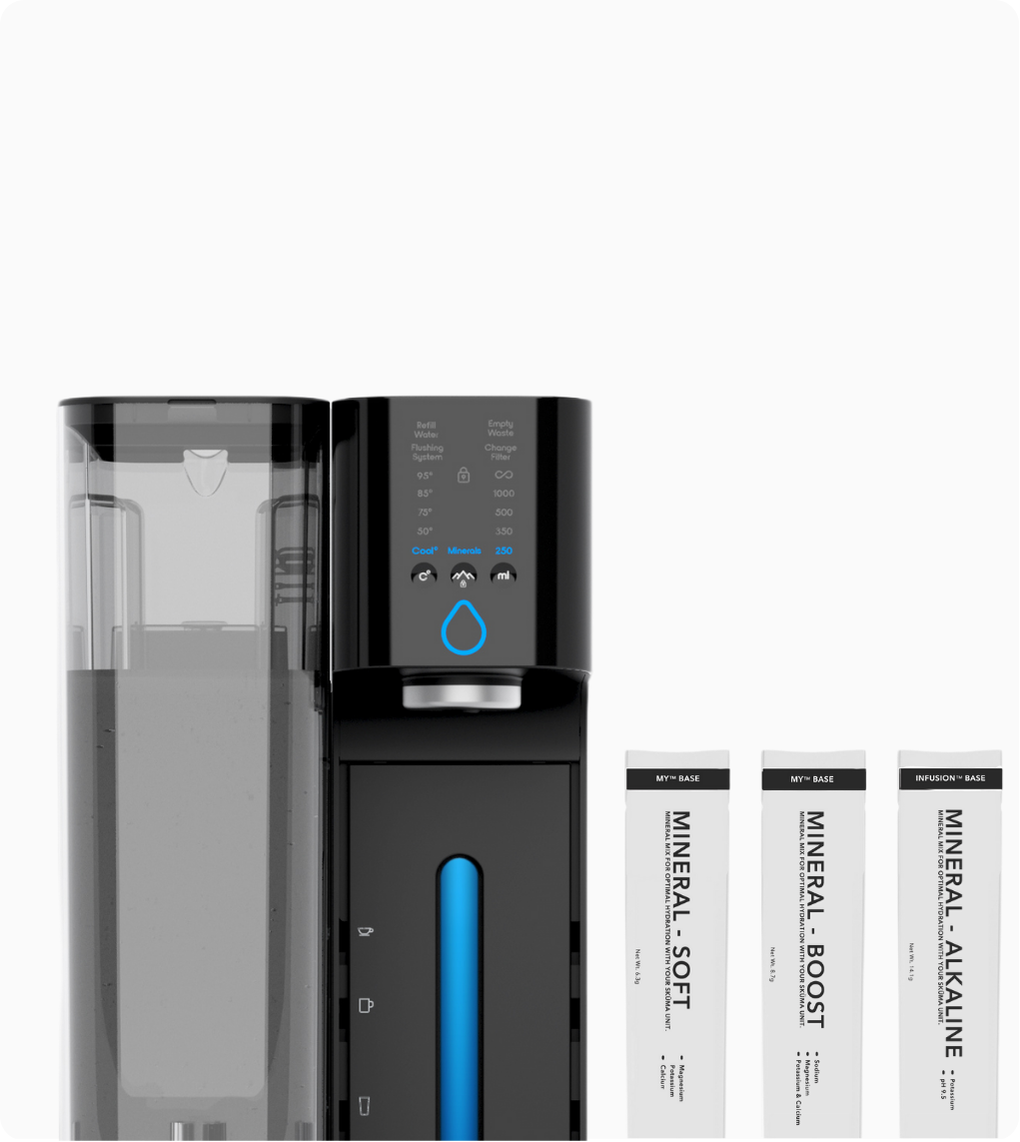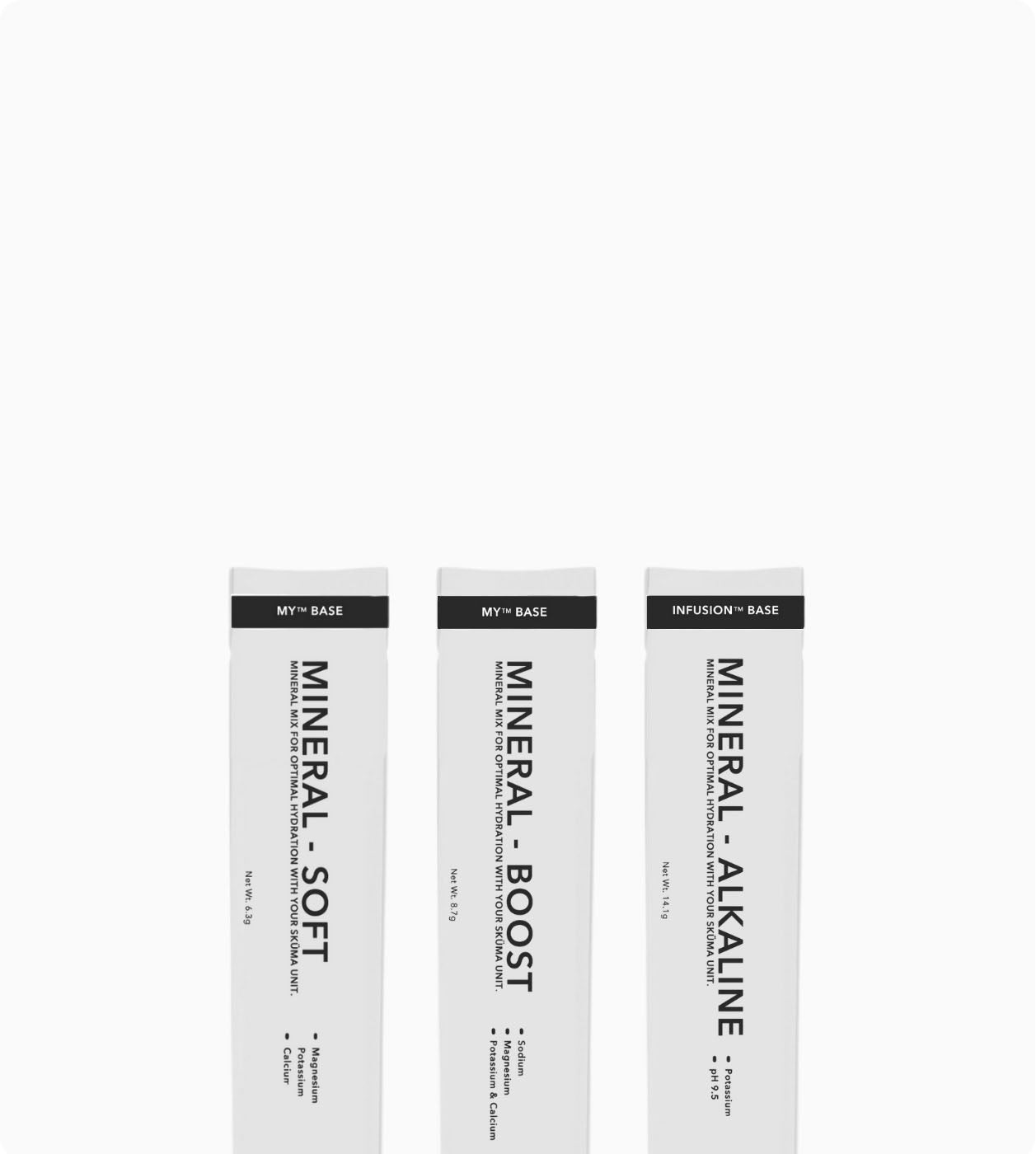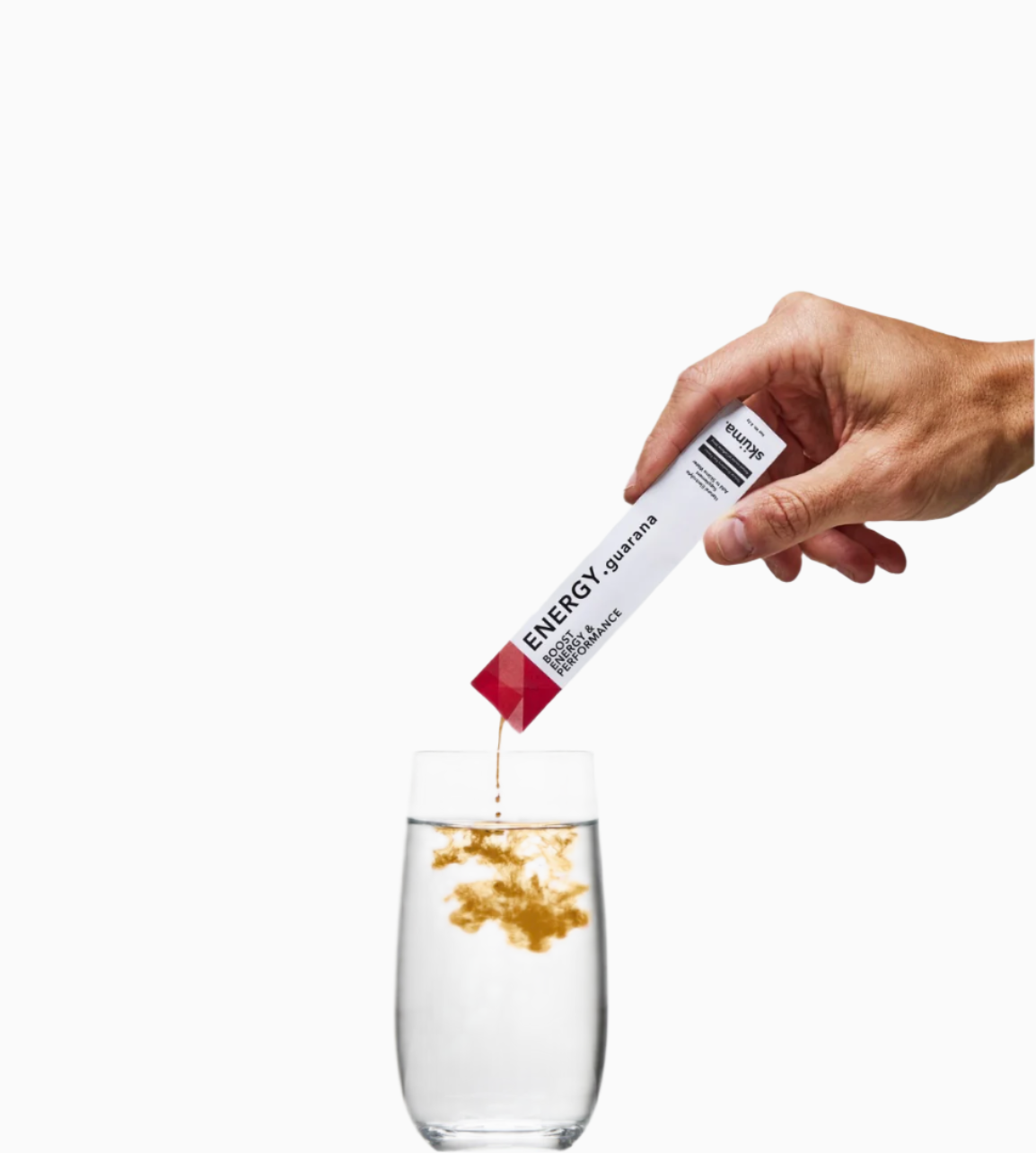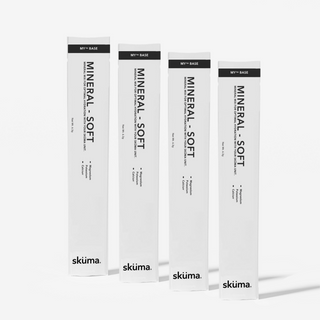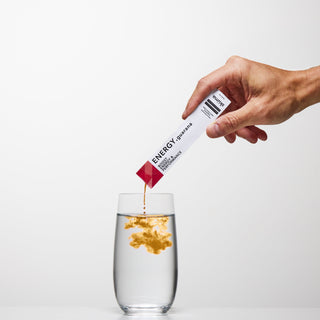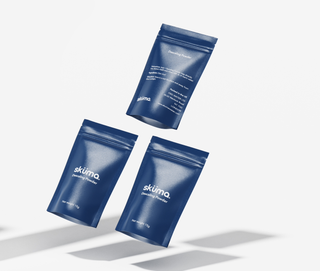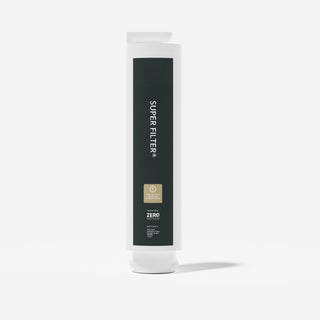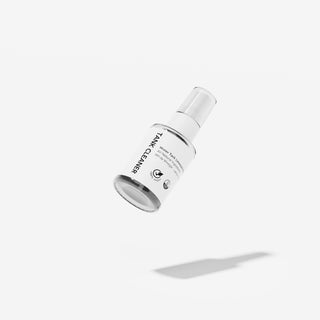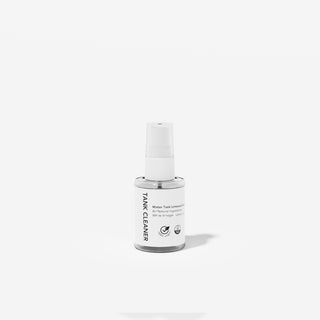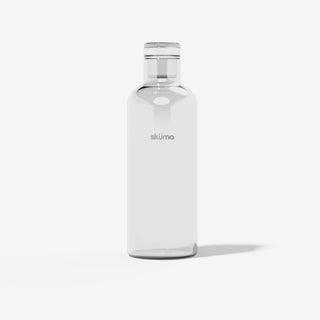For a long time, bottled water was perceived as the "safe" solution compared to tap water: purer, better controlled, healthier.
But in recent years, trust has been eroding and it's no coincidence.
Between the presence of microplastics, doubts about storage conditions, massive environmental impact and new data on particle migration from recycled PET, it's becoming increasingly clear that bottles are not synonymous with purity.
They could even be one of the largest vectors of invisible contamination.
Why Did We Trust Bottled Water?
The argument for bottled water is simple: "protected" water, bottled at source, supposedly safe from network contamination. For years, this was enough to convince consumers.
Except that analytical tools have evolved. We're now capable of detecting particles of just a few micrometres, and what we find in bottles is far from reassuring.
According to a Zenith Global 2024 study, 42% of European consumers say they trust bottled water less than before. Why?
Because most recent analyses show that bottled water contains more microplastics than tap water.
Microplastics: When the Bottle Contaminates Its Own Contents
A study published in Frontiers in Chemistry analysed 259 bottles from 11 brands across 9 countries:
- 93% of samples contained microplastics, with an average of approximately 325 particles per litre
- Some bottles showed peaks of over 10,000 particles per litre
- The majority of these particles came from the plastic bottle and cap itself
Meanwhile, reviews from the Food Packaging Forum confirm that the presence of microplastics in bottled water is now considered widespread.
A study recently reported by the New York Post even indicates that a simple habit change—switching from bottled water to filtered tap water—could reduce annual microplastic ingestion from approximately 90,000 to 4,000 particles, a reduction close to 90%.
PET and Recycled PET: When the Container Becomes Part of the Problem
Water bottles are primarily made from PET (polyethylene terephthalate).
This material is not neutral: components can migrate into the water, notably antimony (used as a catalyst during manufacturing) and other low molecular weight molecules.
And recycled PET (rPET), used for its environmental qualities, could increase the migration of microparticles and additives.
Recent studies show that recycled PET (rPET) presents specific issues:
- The recycling process can concentrate certain contaminants
- Bottles containing 50–100% rPET release up to 3 times more microplastics than virgin PET bottles
- Work published in the Journal of Hazardous Materials indicates higher migration of antimony and bisphenol A in rPET bottles than in virgin PET bottles
Storage and Heat: The Hidden Face of Bottled Water
Another uncontrolled aspect: we don't control the storage conditions of bottles:
- Overheated warehouses in summer
- Pallets exposed to sunlight
- Containers without ventilation
- Extreme temperatures during transport
Yet heat significantly accelerates the migration of chemical compounds (antimony, acetaldehyde) and microplastics.
Several studies show that:
- High temperature and prolonged storage time increase the migration of antimony and other compounds from PET bottles into water
- This occurs even more when bottles are exposed to heat during transport or in non-climate-controlled warehouses
In practice, this means that the bottled water you drink may bear little resemblance to the water analysed during the initial quality control.
Growing Pressure on Groundwater and Climate
The impact of bottled water isn't limited to individual health. Globally, over one million plastic bottles are purchased every minute, primarily for water.
Behind each bottle lies a resource extracted from groundwater.
When several brands exploit the same region, water stress increases. In certain regions of Italy and France, hydrogeologists observe a drop in groundwater levels of 30 to 60 cm per year.
In other words, the bottled water model is unsustainable. And this is before even addressing transport...
Some mineral waters travel 1,000 km, 2,000 km, sometimes much further, before arriving on your table, increasing the carbon footprint and risks during transport (vibrations, impacts, heat...).
Modelling work shows that plastic consumption could almost double by 2050 if we don't change our model.
Reusing Bottles: A Common Practice... But Risky
Out of economic or ecological concern, many people reuse their plastic bottles. But this is not without risk.
- PET is designed for single use
- With each compression, rough washing or thermal shock, the internal surface develops micro-fissures
- This promotes both microplastic release and bacterial development
Several microbiological audits have shown that bottles reused for several days could contain a bacterial load far exceeding that of freshly served water. A water bottle reused for 48 hours can contain more bacteria than a toilet bowl.
And Single-Use Plastic Waste?
Even in the best-organised countries, recycling doesn't keep pace:
- Only a fraction of bottles is actually recycled
- The rest ends up in landfill, incineration or fragments into microplastics in the environment
- Between one and two million tonnes of plastics enter the oceans each year
Each plastic water bottle used for a few minutes can thus persist for decades, or even transform into particles that will end up... in our food chain.
So What Can We Do? What's the Best Solution for Our Health?
Faced with these findings, the logic changes:
Drinking bottled water in plastic is no longer a guarantee of quality—it's a compromise, sometimes unfavourable, between perceived purity, microplastic exposure and environmental impact.
A more coherent alternative consists of:
- Starting with tap water, already controlled and locally available
- Purifying it finely to eliminate residual contaminants (PFAS, microplastics, pharmaceutical residues...)
- Storing it in a sustainable container (glass, stainless steel) rather than single-use plastic
This is precisely the logic behind Sküma Water:
- Triple filtration inspired by medical technology, including reverse osmosis at 0.0001 microns, capable of eliminating up to 99.9% of invisible contaminants (microplastics, PFAS, nitrates, pharmaceutical residues, heavy metals)
- Performance tested in 2025 by an independent COFRAC-accredited laboratory, with over 230 molecules analysed and 99.99% elimination of detected contaminants
- Water then intelligently remineralised through MY™ Bases profiles (calcium, magnesium, potassium), for genuinely functional hydration adapted to the body
In practice, this means:
- No more plastic bottles to transport or store
- A drastic reduction in microplastic exposure compared to bottled water
- Filtered, remineralised water, available on demand... directly at home


